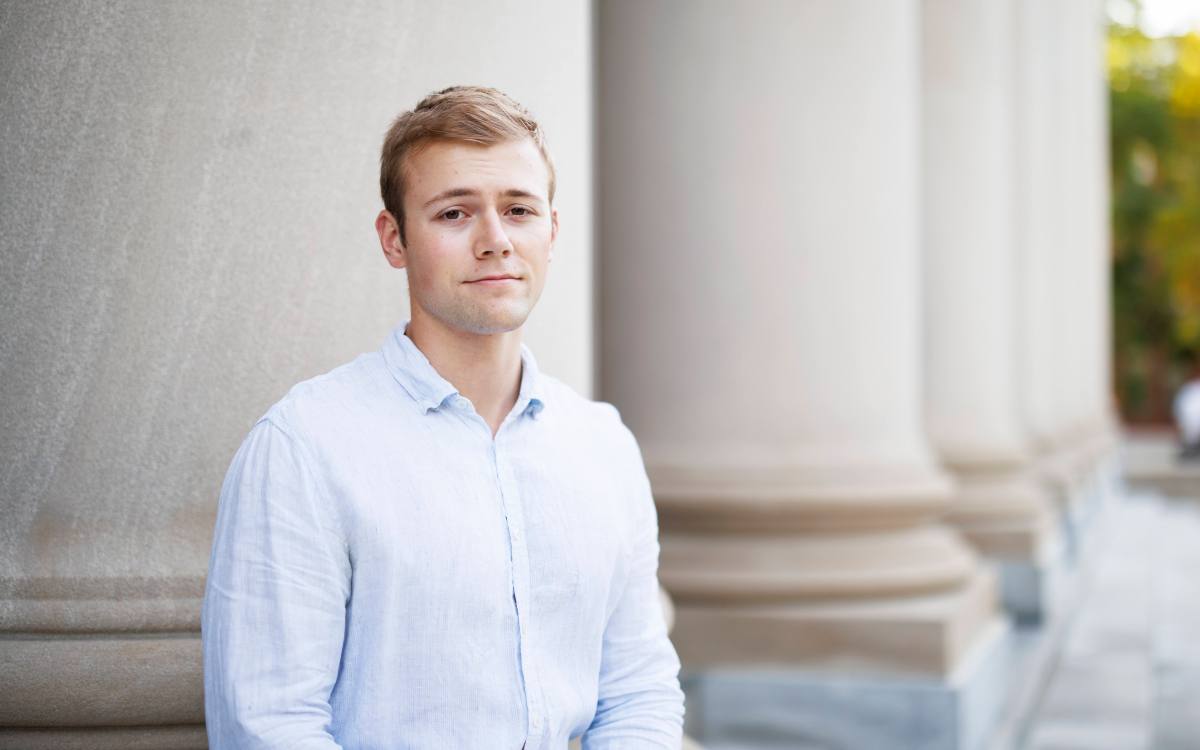Dropping Dyslexia’s Baggage
Juliana Paré-Blagoev believes that brain scan studies will not only yield scientific clues for furthering treatment of dyslexia, but also subtle, easily overlooked benefitssuch as a sense of hope, that may come simply from the subjects participation in a brain-imaging experiment.
“How do people with dyslexia think about their disability?” Paré-Blagoev wonders, “and how does being a part of a brain imaging experiment change the way they think and feel about themselves?”
To explore questions like these, Paré-Blagoev is piggybacking her research at the Ed School onto a brain-imaging study at Massachusetts General Hospital to help improve diagnosis of different types of dyslexia. “The idea is that if you have a more specific picture of which process is not going well in the brainfor instance, recognizing meaning versus recognizing soundsthen you can better help the individual work around their difficulty,” says Paré-Blagoev, a second-year doctoral student.
Paré-Blagoev has found, in preliminary interviews, that the studys subjects seem relieved to learn that their cognitive challenges are neurologically based. “The people Ive spoken with so far were extremely interested in and almost grateful to hear about something that explains their learning disability as a process in their brains,” she notes. “It makes their dyslexia feel more manageable and less as if it is their fault.”
Paré-Blagoev is also interested in how people experience dyslexia in their daily lives and which aspects of their lives are most influenced by it. Although still in the early stages of her research, she believes she will encounter more individuals with dyslexia who share the views of one young man she interviewed. “He found that some of his intellectual strengthsthe ability to make logical links between discontinuous ideas, for instancewere directly attributable to his dyslexia.”
Her inquiry may help map out the “dual experience” of many people with dyslexia. On the one hand, they may find themselves with a special set of skills for conceptualizing problems in a nonlinear manner. On the other hand, dyslexics may suffer because their brains have trouble organizing information.
“People with dyslexia may experience both an enormous frustration and a tremendous positive drive,” Paré-Blagoev says.
Approximately 15 percent of the U.S. population is affected by learning disabilities, she adds. Groups like the Dyslexia-ADD Treatment Center in San Jose, California, estimate that dyslexics represent 80 percent of all people with learning disabilities. Such statistics have not gone unnoticed by the nations media, Paré-Blagoev points out.
“Brain research is rapidly becoming a popular topic for the mediaand that isnt always a good thing because it leads to unrealistic expectations,” she says. “Were only beginning to understand learning disabilities as a medical condition. But hopefully, with time, this research can make positive contributions to policymaking and curriculum-building.”




